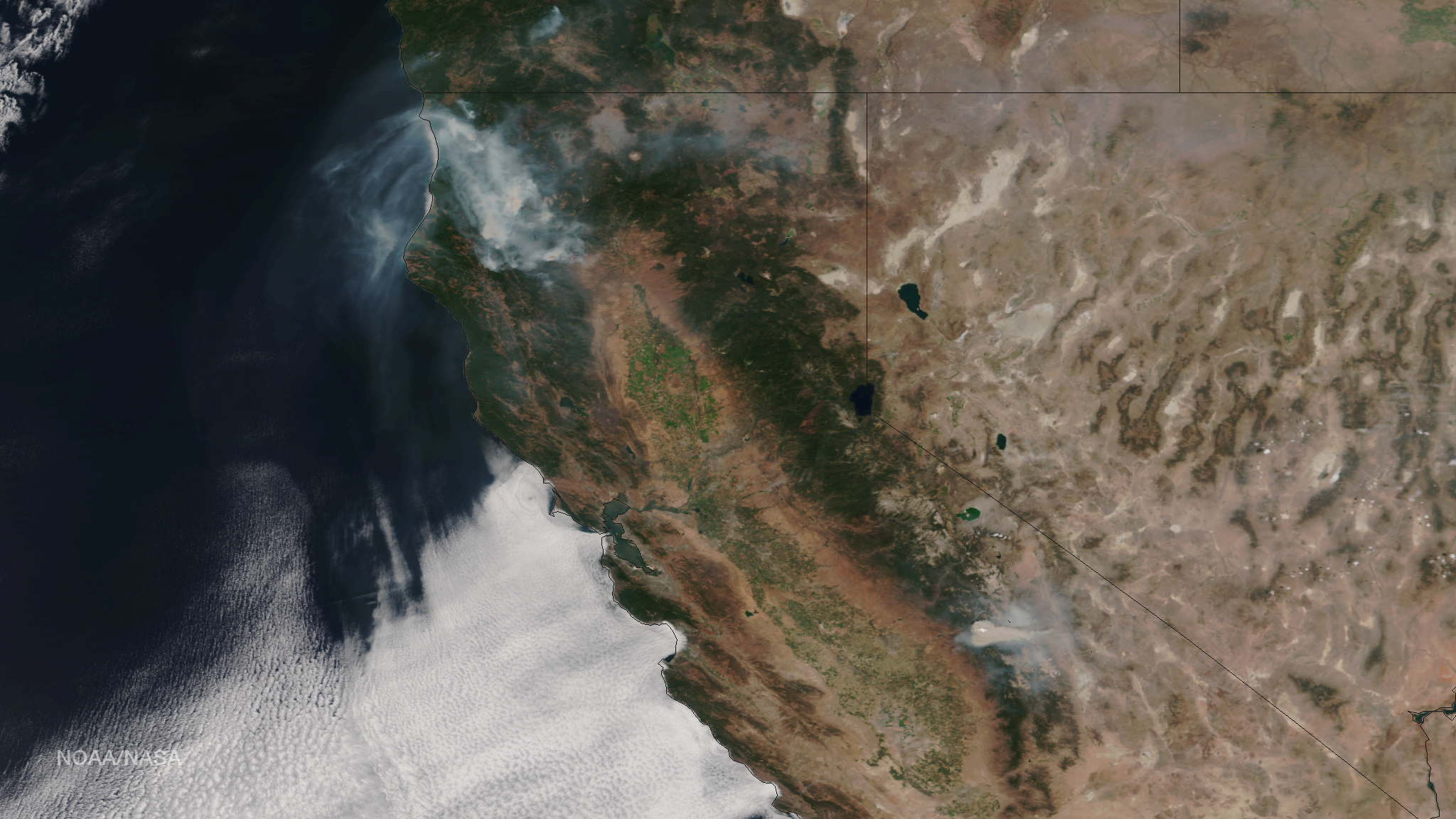![]() In Designing an Open Source Geospatial Solution to Manage Airport Noise and Operations – Part 1 I described OpenNOMS, a modular and Open Source suite of applications for managing airport and flight noise information and operations in a geospatial context. The first module of the application suite we have worked on is FlightTracker, a fully web-based application for monitoring, visualizing, and reporting on the correlation between airplane flight paths, noise monitoring data and noise complaints.
In Designing an Open Source Geospatial Solution to Manage Airport Noise and Operations – Part 1 I described OpenNOMS, a modular and Open Source suite of applications for managing airport and flight noise information and operations in a geospatial context. The first module of the application suite we have worked on is FlightTracker, a fully web-based application for monitoring, visualizing, and reporting on the correlation between airplane flight paths, noise monitoring data and noise complaints.
The ROI of Correlating Noise Data with Mitigation Programs
At Minneapolis-St. Paul International (MSP), like many airports, the flight approach on take off goes over residential properties. The noise generated yields almost 20,000 noise complaints annually.
In response, the MAC has spent tens of million of dollars to retrofit buildings in the areas with double-pane glass and better insulation – all for noise abatement (As an interesting aside, apparently one of the major noise problems is for air conditioning systems. The systems resonate with the aircraft.)
Using FlightTracker, MAC can analyze the effectiveness of its noise abatement investment, better plan for future investment, and document the results in a robust and quantitative manner.
Additional Environmental Impact Use Cases
Correlating flights paths to noise complaints was the primary use for which the Metropolitan Airports Commission first developed their system. But with the redesign as a modular Open Source system, the same application could readily be extended to correlate flight paths to other data such air quality or impact on wildlife, etc.
The Community Advantage of Open Source
I started this blog by saying that OpenNOMS and FlightTracker represent an Open Source alternative to already existing proprietary offerings. It seems a fair question to ask why MAC would invest the money and time to develop an open source alternative.
Chad Leqve, MAC’s Noise, Environment and Planning Division Manager, said that their previous proprietary Noise and Operations Management software (NOMS) did a reasonable job of tracking aircraft and noise events. So, the problem wasn’t a technical one.
The reason Chad invested in an open source FlightTracker is rooted firmly in the business model of software. MAC’s proprietary NOMS was extremely expensive to acquire and customize. It forced the MAC into a single vendor relationship whenever it wanted to tailor the application to better fit its constantly evolving business needs.
This means that the MAC can’t take advantage of one of the most potent market forces for any buyer: competitive bidding. Chad reasoned that the MAC would realize substantial savings by investing in an open source and standards-based alternative to their proprietary system and using competitively bid developers to extend and support the technology. MAC has estimated that it has already saved over $200,000 by funding the development of OpenNOMS as compared to following the traditional software maintenance and upgrade model of their previous vendor.
Adapting to Changing Business Requirements
With proprietary systems the traditional business model is, “I’ve got this flight-tracking system for XX dollars. If you also want this other capability that’s another XX dollars.” It’s a great business model if you’re the vendor. Perhaps not such a good business model if you’re an airport that needs the system’s capabilities to better suit your changing business requirements.
FlightTracker in contrast, is an open source project. So any new capability, such as an air quality or environmental impact module, can be developed and contributed back to the Open Source core. This allows all users of the system to implement this new capability, essentially for free. To the extent airports form a community around developing the FlightTracker software, they can pool developer resources in a very intelligent way – extending their work on top of the work of others.
Open Source is not always the right choice for a geospatial business application. Sometimes the cost and technology advantages of proprietary systems are particularly well suited to a customer’s needs. But more and more, savvy technology buyers are looking at the underlying business model of software – open vs proprietary – and making more informed decisions on the technologies that they choose to support their businesses.




